Is it possible to integrate older reading books into our class library and reading scheme or should we just be throwing them out?
In our classrooms there are usually 2 types of books – those associated with the reading scheme and others. These are the books that have been donated by parents as children have grown, books found at sales, Christmas fayres or discount book stores – they are all sent into school with the message “they might be of some use to the school.”
At the lower end of the school, with younger children, where the reading content is not so high, then these kind of donated books often fit well into the “other” category on the shelves.
But it is higher up in the school – perhaps from Y2 / Y3 that we have to take a more in depth look at the books we have been given.
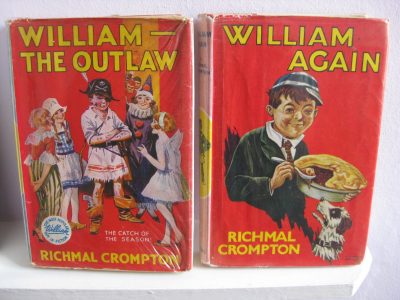
We all remember the books we read at school or at home when we were at Primary age. Depending on how old we are (not how old we say we are!) then there will be a huge variety in our experiences and enjoyment of these books.
But if and when they appear as donations or we see them on the old book stand in a shop or table at a sale…is there any point in buying them to put in the class library?
Let me take 4 examples and give you some facts –
Malory Towers by Enid Blyton: Written in 1946 this is a 6 book series about a girls boarding school. In 2009 6 more books were added by the author Pamela Cox. It was an extremely popular series.

The Secret Seven by Enid Blyton: There were 15 secret seven books originally published between the dates 1949 and 1963. There were attempts to write more books in the early 80’s but these were not by Enid Blyton and to be quite honest were not popular as they lacked the writing style and so were not true to the originals.
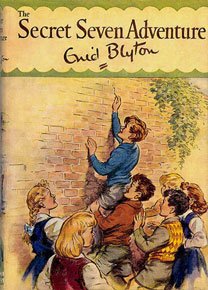
The Magic Faraway Tree by Enid Blyton: This was first published in 1943 and followed the first book in this series which was “the enchanted wood” published 1939. The final book was “the folk of the faraway tree” published in 1946. These were republished by Hamlyn in 1971 and strangely the whole series was voted 66th in a BBC “UK’s favourite book” selection in 2003!
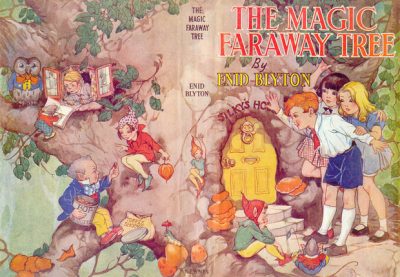
Just William by Richmal Crompton: First published in 1921 through to the mid 1960’s – these books were re-written in the 1990’s with an accompanying TV series.
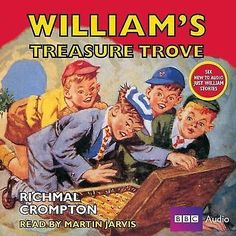
The Famous Five by Enid Blyton: The first famous five book was published in 1942….let me copy here a paragraph from Wikipedia which illustrates their success.
Blyton intended to write only six or eight books in the series, but owing to their high sales and immense commercial success she went on to write twenty-one full-length Famous Five novels, as well as a number of other series in similar style following groups of children discovering crime on holiday in the countryside. By the end of 1953 more than six million copies had been sold. Today, more than two million copies of the books are sold each year, making them one of the biggest-selling series for children ever written, with sales totalling over a hundred million. All the novels have been adapted for television, and several have been adapted as films in various countries.

All the above books are classics in children’s literature down the years – but my original question was – having been classics for children just how appropriate are they (and to be honest how interesting are they) for children of today?
In the classroom:
Of course not everybody reading this article will remember these books – in fact I doubt whether any of us will remember them originally being published. But they may well have appeared later in life and you may have read them either at home or at school. So did you enjoy them?…I have, at various times, tried to introduce them into classes I have taught – here’s what I found out.
- Re-writes of older books are usually unsuccessful – it seems impossible to re-create the original writers style and the books lack the interest and general appeal of the older versions….stick with the originals.
- With the above examples and similar – the age appropriateness seems to be Y2 / Y3 / Y4 and possible lower Y5 (although I have not used them in Y5). By age appropriateness I refer to language and content used.
- There is a good choice of boys books / girls books and books involving both boys and girls.
- The books usually form part of a series allowing children to identify with the characters and the situations presented – they are not 1 off stories.
- The books are mostly still available.
With those facts in mind how successful was I in introducing these books?
I can only encourage you to give it a go and see how you get on – I have had success and failure but I have to say the successes have been fantastic additions to our classwork and enjoyed by the children.
I have always introduced the children to these type of books when I have been looking for Class reading books – in other words the books that I select when I read to the class. This is something I encourage every primary age teacher to do and something that I did every day – it is in my opinion very very important and in addition your class will love it! (see below to article link about reading to your class)
http://pp.distractweb.co.uk/2017/01/16/reading-class-every-day/
Of course when choosing a class reading book the book should appeal to both the boys and girls. From the above examples many of Enid Blytons books involve boys and girls and so are great to read. However The Malory Towers books and Just William have girl and boy subjects respectively and so wouldn’t really be suitable.
At this point I am going to make what I think is a relevant point and something you need to consider. If you look too much into the ways the stories are written you could find fault with the way things are said, the roles given to characters etc. However do remember that children do not see these things as you or I would – they do not see such aspects that are beyond the storyline and neither should they. The decision, obviously is yours – however don’t dismiss what are great stories on such technicalities.
The Language used in the books: – most of the time there is no problem with the use of language in the books. I have found there have been occasions where I need to change a word or rephrase something that the children would not understand – but generally with Enid Blyton it’s not too bad. The only hiccup to this is her choice of names which you may need to change or alter….you will see what I mean!
The only book that I attempted which beat me on this area was the original Richmal Crompton “Just William “ books. I did try to read them to the class, and I am pretty good at reading ahead and re-phrasing …but I just had to admit defeat. The use of language was just too old fashioned that I found myself virtually having to translate the whole thing …in the end I had to give up!
Major successes were Secret Seven books (original) – we read all the books in the series. Each book is a complete story and so the order of the books that you read does not matter. They have a mix of boy and girl characters and the storylines are great. In the classes I read these to the children went out and bought their own books – some would follow along whilst I read and others were avidly reading them at home. I would highly recommend them for the stated age groups – a great read!
The Magic Faraway Tree sounds like it might not appeal as a class reader but surprisingly it does! The children really got involved in the characters which they thought were great and the lands at the top of the tree were always exciting and of course fired their imagination. The secret was, I discovered was to leave the story each time just as either a new land rolled around or something was going wrong. I also found there were opportunities for a lot of spin off class work from this series especially in literacy – and we even built our own tree in one class!
Malory Towers is not a book I would choose as a class reader – however I will just mention here that it proved extremely popular with the girls in my class. The newly written stories are very good and extend the originals and it appealed to all ability levels in the class….with a heroine called Darrell Rivers how could it fail?
In conclusion – it really is worth giving some of these older books a try – at times you might get it wrong and they just don’t work. But as I have found, some of them are extremely well written and are easy to access for the children. So don’t discount them just because they seem old and dated – you might enjoy reading them just as much as the class enjoys hearing them.
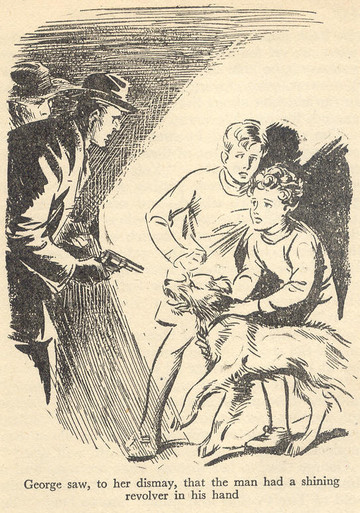


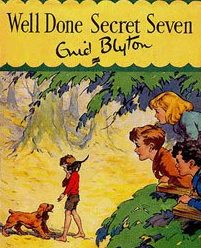
I use the faraway tree as a class read. We develop our own land and write a new chapter for the children. I get some great writing from it.
I think its a great book that children can relax and enjoy. I agree that it can inspire some excellent writing. In one of my classes we even built our own tree. Thank you for your comment.